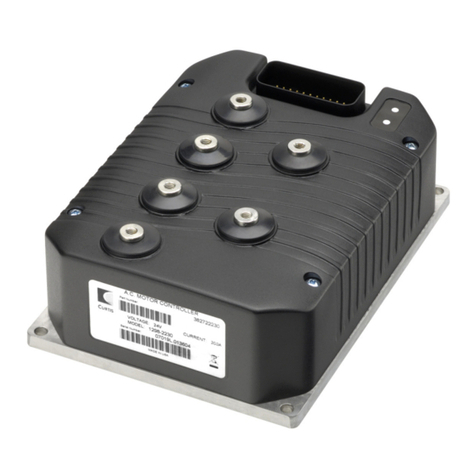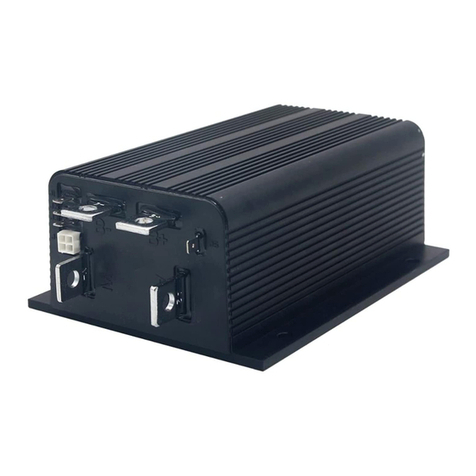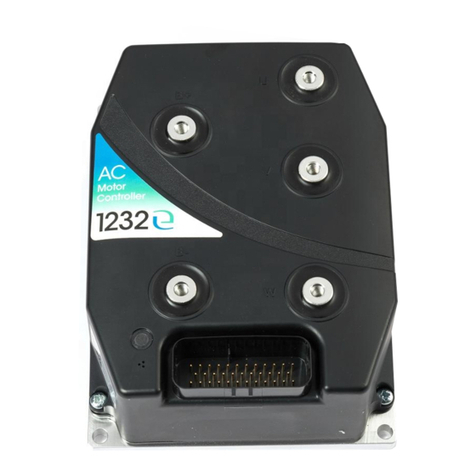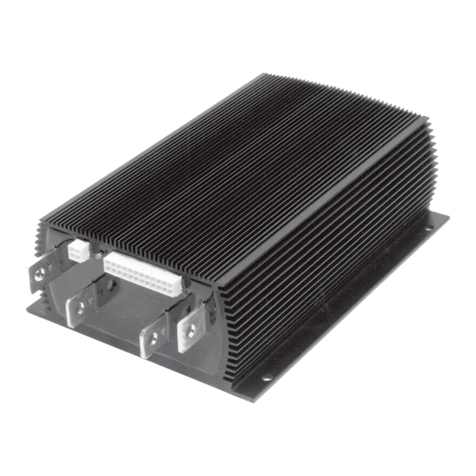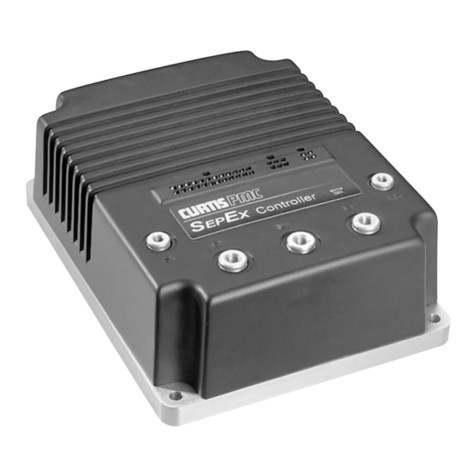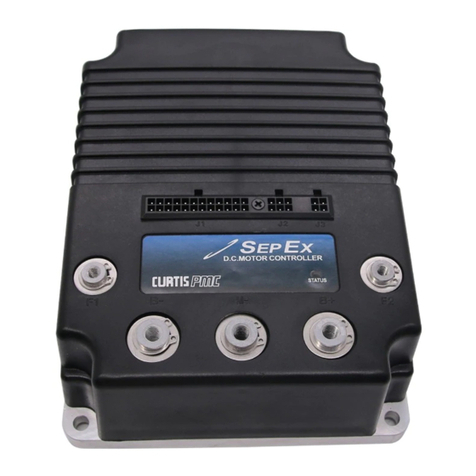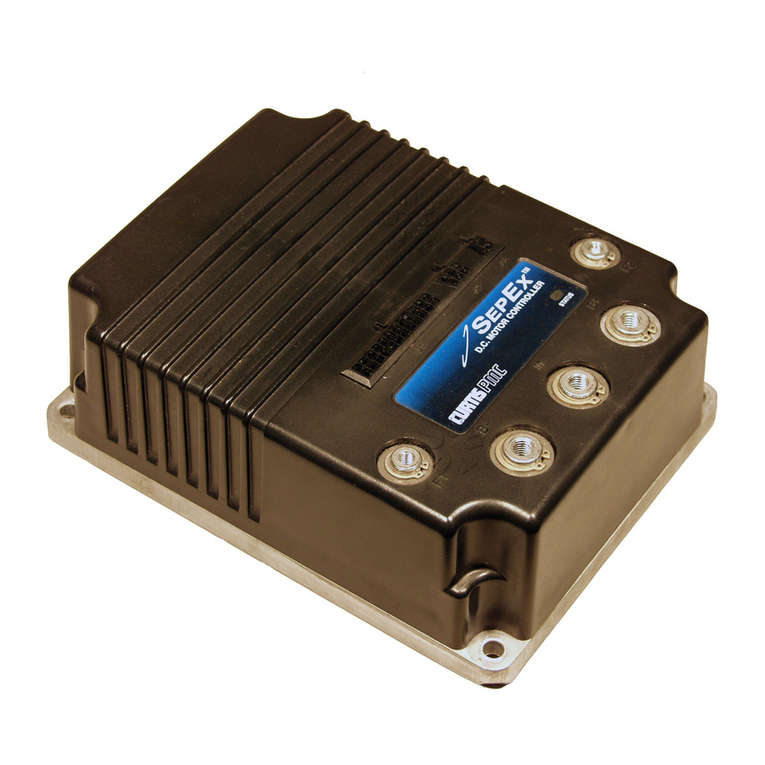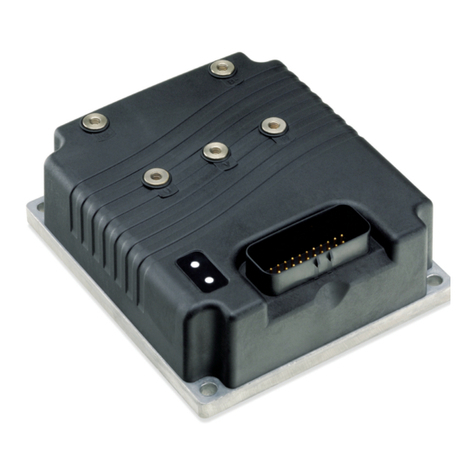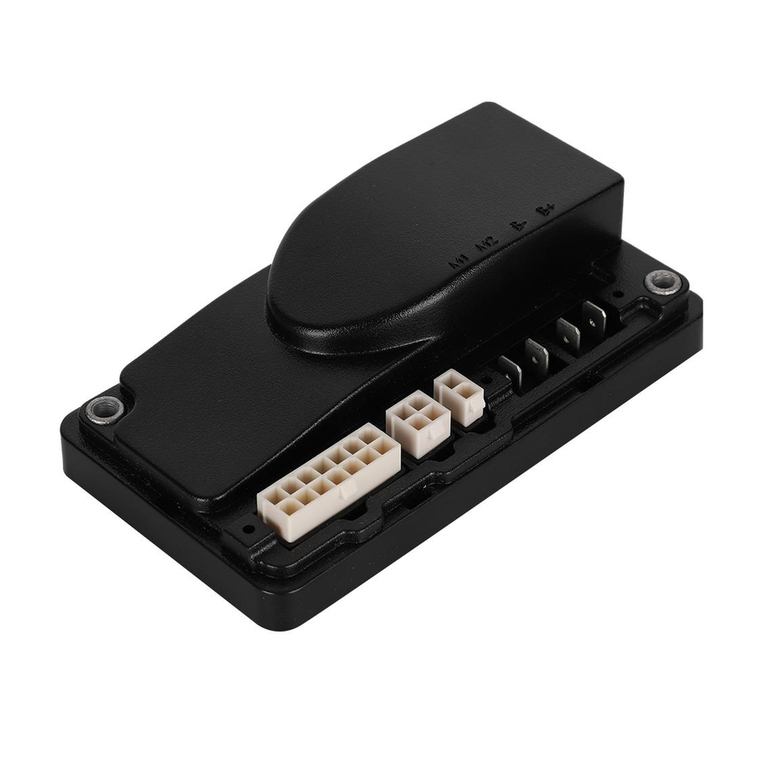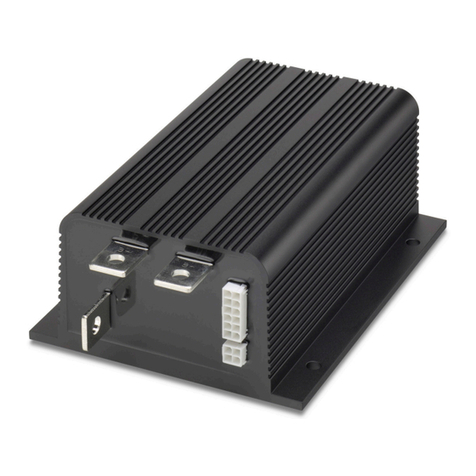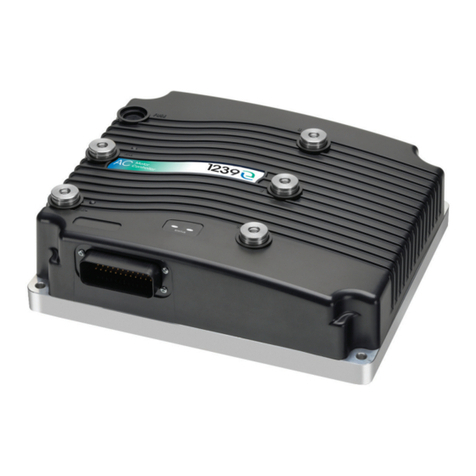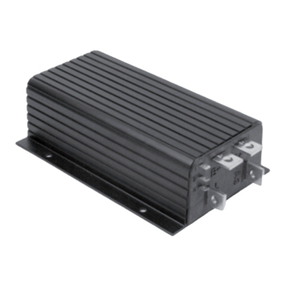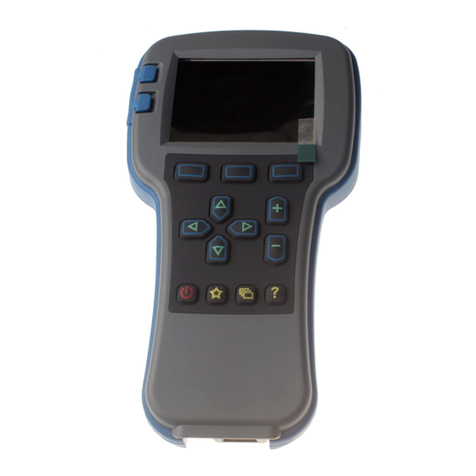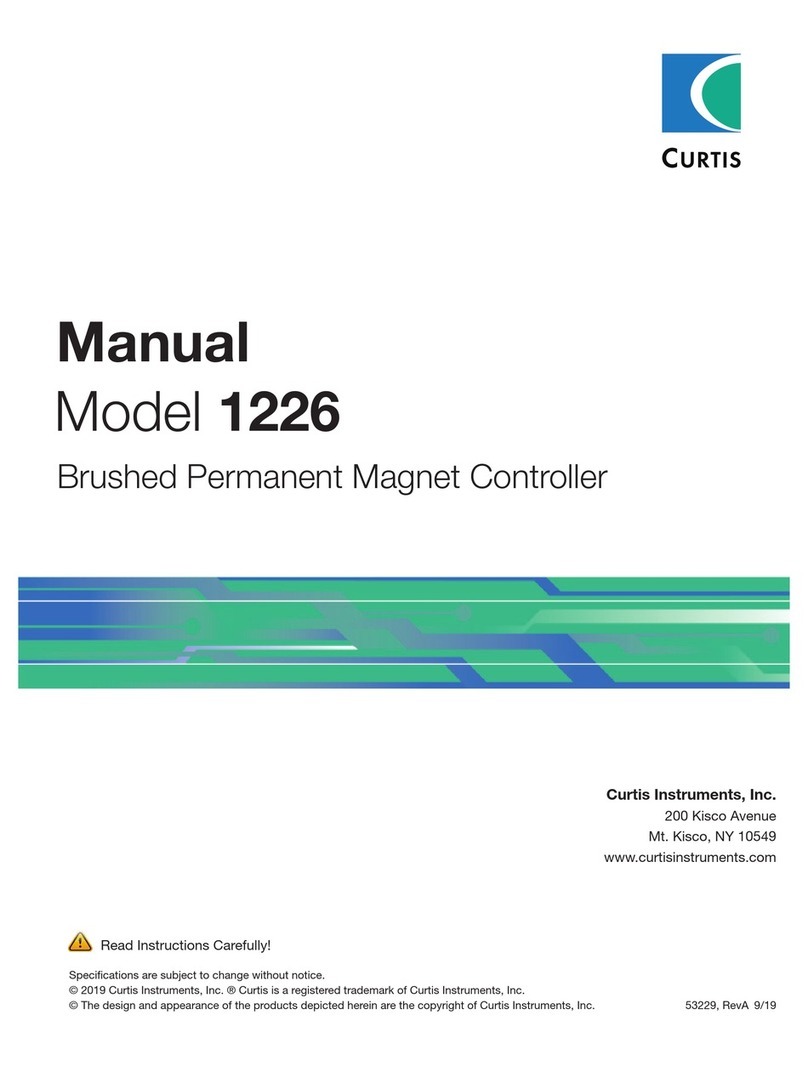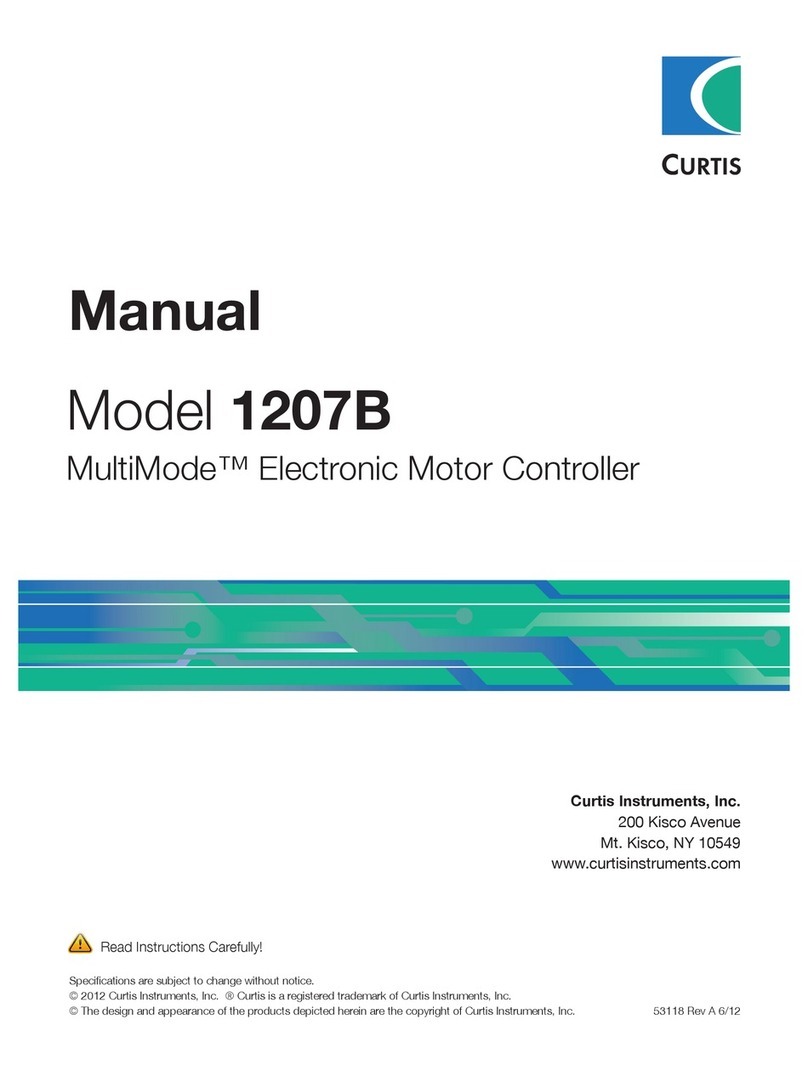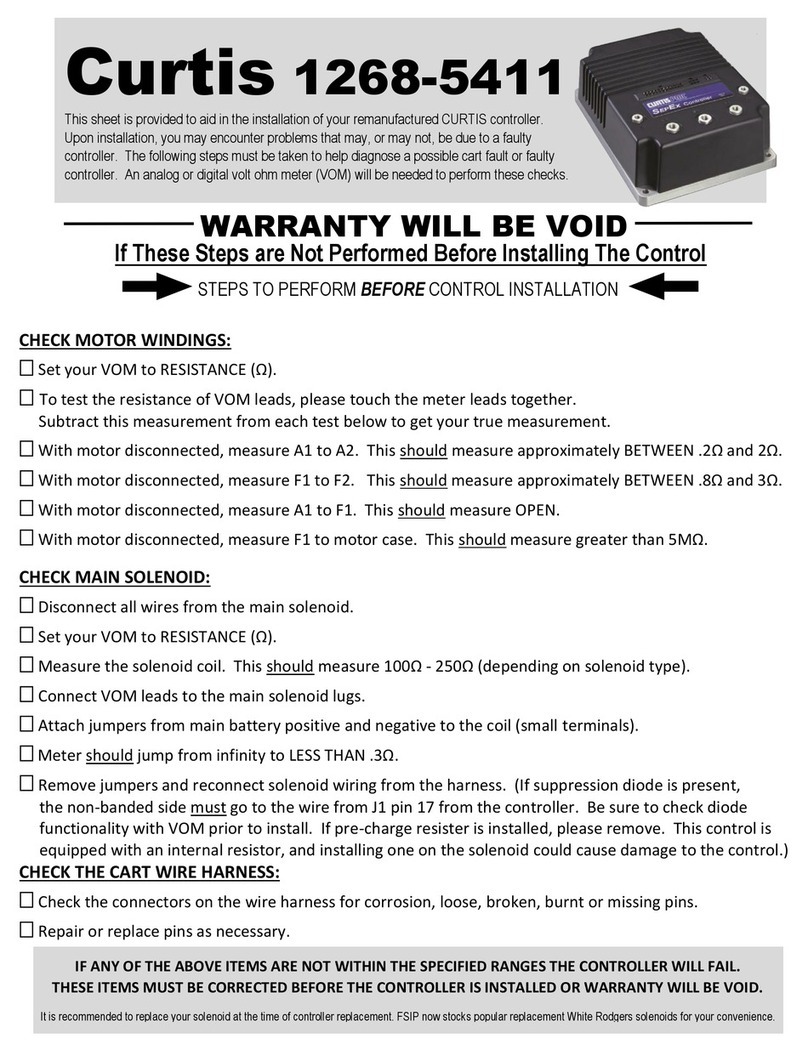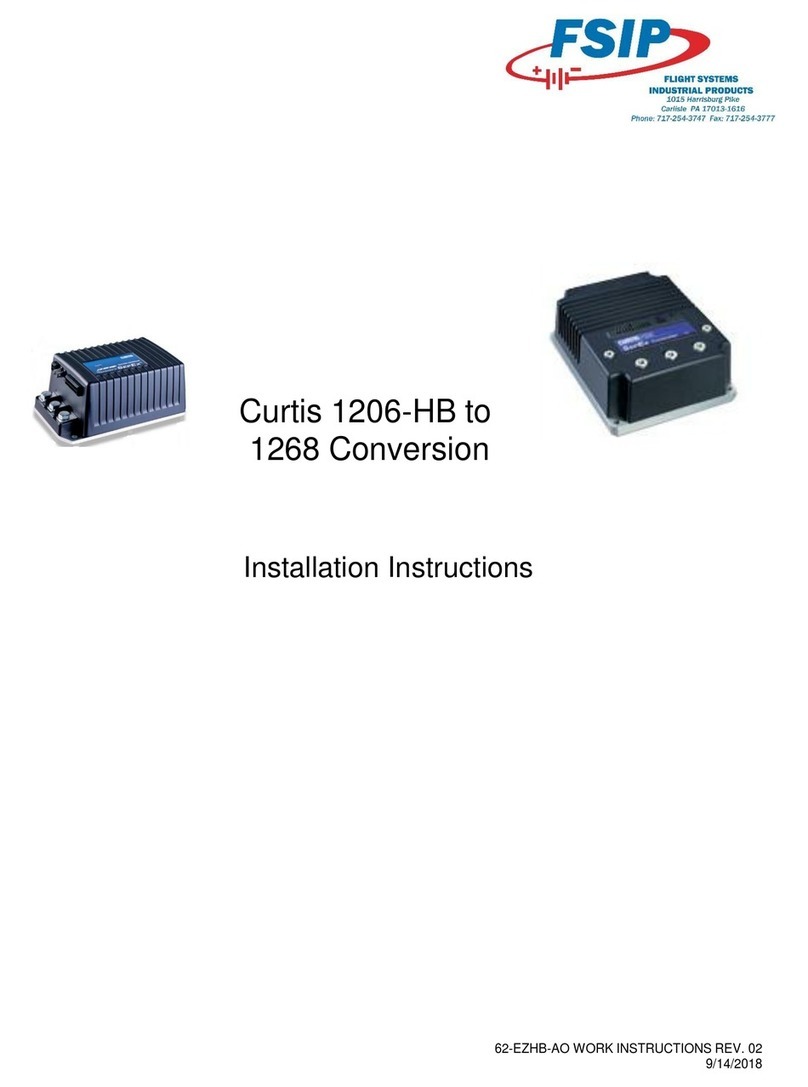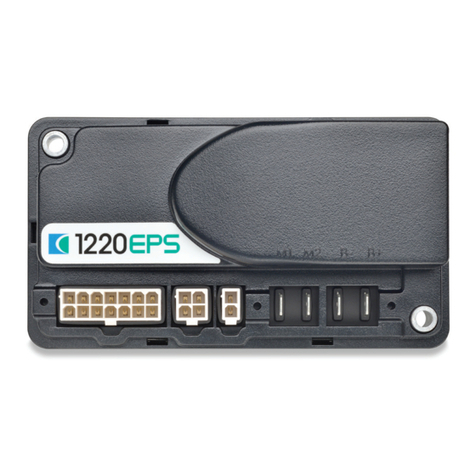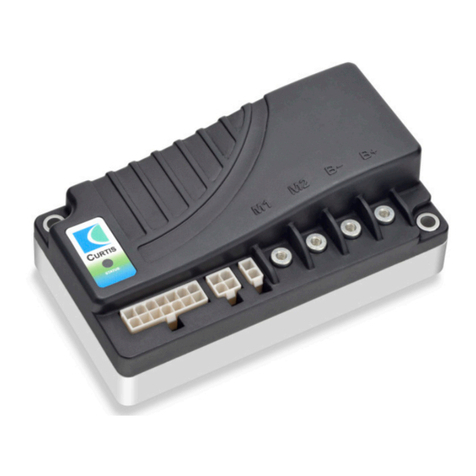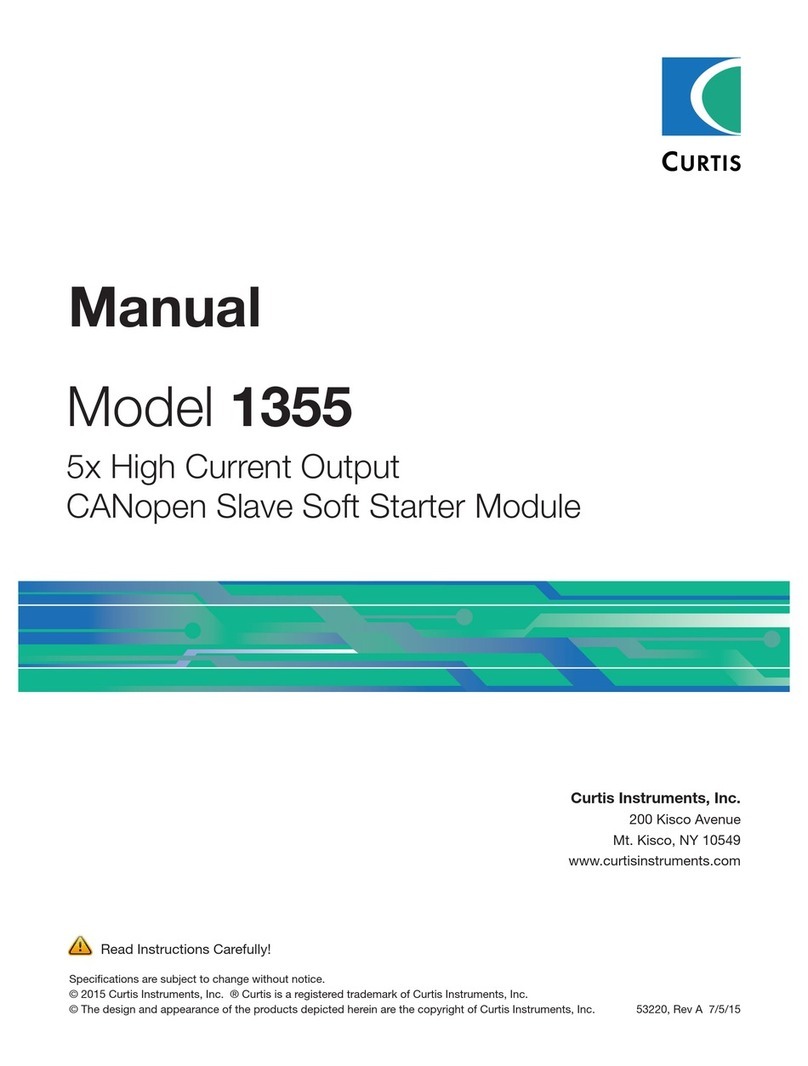
Curtis PMC 1204X/1205X/1209/1221 Manual 2
OVERVIEW
Working on electric vehicles is potentially dangerous. You should protect
yourself against runaways, high current arcs, and outgassing from lead acid
batteries:
RUNAWAYS —Some fault conditions could cause the vehicle to run out of
control. Jack up the vehicle and get the drive wheels off the ground before
attempting these procedures or any other work on the motor control
circuitry.
HIGH CURRENT ARCS —Electric vehicle batteries can supply very high power,
and arcs can occur if they are short circuited. Always open the battery circuit
before working on the motor control circuit. Wear safety glasses, and use
properly insulated tools to prevent shorts.
LEAD ACID BATTERIES —Charging or discharging generates hydrogen gas,
which can build up in and around the batteries. Follow the battery
manufacturer’s safety recommendations. Wear safety glasses.
☞
CAUTION
✓Fault detection circuitry monitors battery, throttle connections, output
transistors, bypass contactor, etc., to prevent runaway conditions
✓Static return to off (SRO) function requires that forward or reverse selectors
be returned to neutral before output is allowed [optional feature]
✓Emergency reverse enhances plugging current when “belly-button”is acti-
vated on walkie-type applications [optional feature]
✓Delayed bypass (1A) output drives a bypass contactor [optional feature]
✓Forward, reverse, and bypass contactor driver outputs are internally pro-
tected against shorts in the contactor coils
✓Simple installation with no adjustments required
✓Tin-plated solid copper bus bars
✓Push-on connectors for control wiring
Familiarity with your Curtis PMC controller will help you to install and operate
it properly. We encourage you to read this manual carefully. If you have
questions, please contact the Curtis office nearest you.
